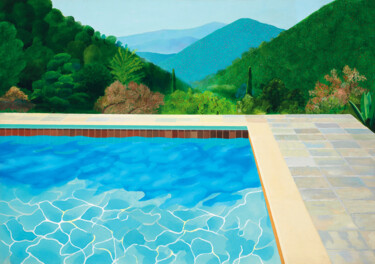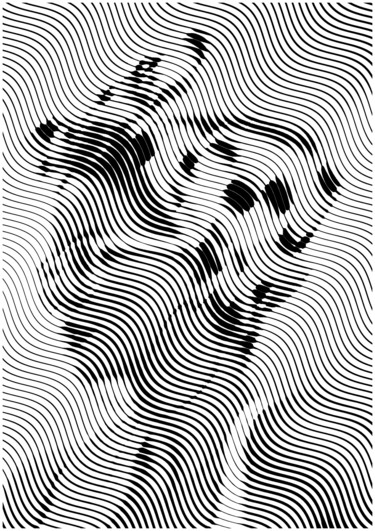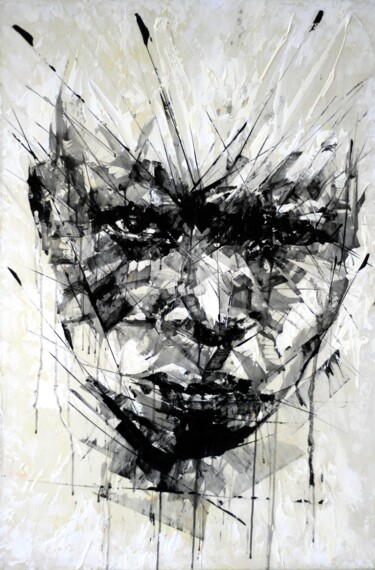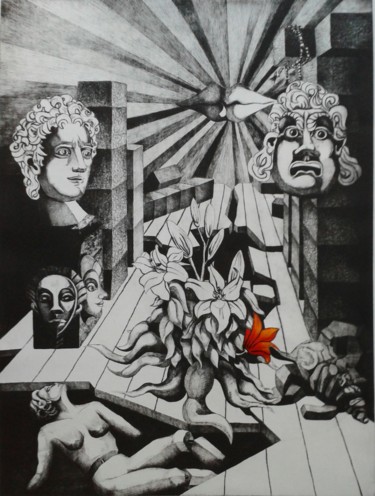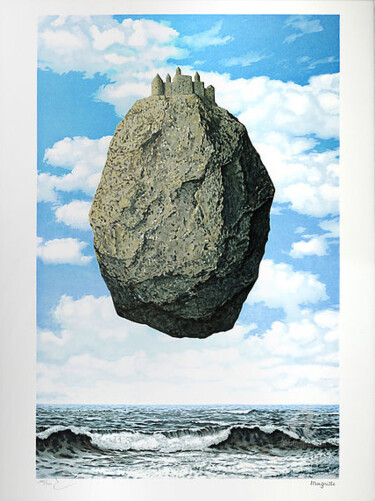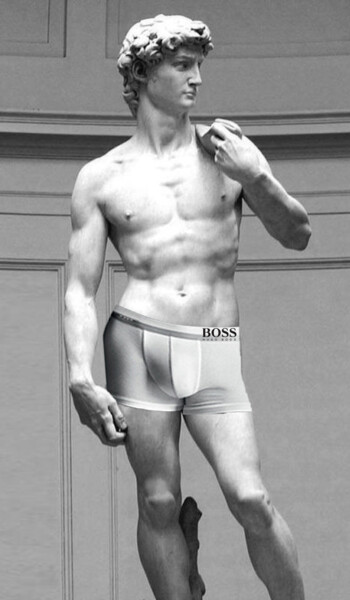Art graphics
With the term graphic art we indicate the works that artists create through the use of printing techniques. This process, which gives life to several copies of the same work, is still to be considered unique and original in its results, since the multiples of the runs are limited and, generally, signed by the artist. What remains irreproducible is instead the matrix, that is the support on which the drawing is made, which is then inked and printed. There are different types of matrixes, in fact, metal plates are used in engraving and etching, stone in lithography, wooden blocks in xylography, linoleum for linocut and various fabrics for screen printing. Many masterpieces in the history of art have been realized through the use of the aforementioned media, such as, for example, the engraving by burin and drypoint of the Madonna and Child by Andrea Mantegna, the woodcuts of the Apocalypse by Albrecht Dürer, the lithograph Moulin Rouge. La Goulue by Henri de Toulouse-Lautrec, and Keith Haring's Pop Shop III screenprint series.

Albrecht Dürer, Saint John eating the Book, 1496-1498. Woodcut. Karlsruhe: Staatliche Kunsthalle.
Keith Haring, Pop Shop III (series), 1989. Screenprint. Keith Haring Foundation. @paceprints
Woodcut
Woodcut is one of the techniques of artistic relief printing, since the wood of its matrix is engraved and removed by the artist, who then proceeds to ink the protruding parts, i.e. those not hollowed out. Latter, the art print is generated by the pressure, manual or mechanical, that the colored matrix exerts once it is placed on the paper support. As for the history of xylography, it boasts ancient origins, because it was documented for the first time in China in 868, the year of execution of The Diamond Sutra. In Europe, however, this technique took root only at the beginning of the fifteenth century in Germany, the Netherlands and France, where it was used for the production of illustrated books. Only from the beginning of the 16th century, thanks to the work of great masters such as Albrecht Durer, Lucas Cranach and Hans Holbein, did woodcuts become the means of execution of refined masterpieces. Unfortunately, between the seventeenth and eighteenth centuries, this technique was mostly abandoned in favor of intaglio engraving, but during the nineteenth century, it came back in force thanks to the innovations brought by Thomas Bewick. Lastly, woodcuts also enjoyed success in the 20th century, thanks to the artistic research carried out by the Expressionists and the Die Brücke group.
Karl Schmidt-Rottluff, Girl from Kowno, 1918. Woodcut. Los Angeles: Los Angeles County Museum of Art (LACMA).
Lithography
Lithography is a flat reproduction technique, which is based on the principle of repulsion existing between water and any kind of oily and greasy substance. In fact, the lithographic process consists in tracing a drawing, made with a greasy pencil, on the surface of a limestone matrix, which will then be moistened. After that, the substrate will be inked, but this last substance will adhere only to the oily drawn parts. Finally, the process ends by pressing a sheet against the surface of the matrix. As for the history of lithography, this technique was invented by the Bohemian Aloys Senefelder in about 1798. The first artistic attempts of the aforementioned date back to the 19th century, but it only became popular around 1820, when some of its procedures were further refined. In fact, from this moment on, many great masters approached lithography, among them, Goya, Delacroix and Daumier. Subsequently, this technique, which was put aside towards the middle of the 19th century, came back into vogue in the last decade of the 19th century, thanks to the exploitation of color printing. Chromolithography had among its greatest exponents Henri de Toulouse-Lautrec, Pierre Bonnard and Ker-Xavier Roussel. Finally, lithography, which was also very popular during the 20th century, was used by great masters such as Paul Klee, Joan Miró, Salvador Dalí and Maurits Cornelis Escher.
Maurits Cornelis Escher, Hand with reflective sphere, 1935. Lithograph, 31 × 21.3 cm. M.C. Escher Foundation. @historiadaarte.e.mais
Screenprint
Screen printing is an artistic printing technique, which consists in having the ink of the subject to be reproduced deposited on a substrate, making it penetrate through the free areas of a fabric matrix, just as if it were a stencil. In fact, once the matrix is transferred to the frame and placed on the chosen surface, the stencil is smeared with ink, which ends up into the open areas to the substrate. Regarding the history of this reproduction technique, serigraphy probably dates back to the Phoenician era, but it became very popular in China starting from the Song dynasty (960-1279) and, later, it was widely investigated by the Japanese. As for Europe, the above mentioned technique arrived there in the 18th century, even though it began to be used in France in the 17th century, to become popular only in the 19th century. The real "boom" of artistic screen printing took place in the 60s of the 20th century, when pop masters such as Peter Blake, Andy Warhol and Robert Rauschenberg used it as an essential element of their art. From that era on, this printing technique has become a popular means of creating contemporary works.
Andy Warhol, Campbell's soup boxes, 1962. Lithograph. New York: Museum of Modern Art.
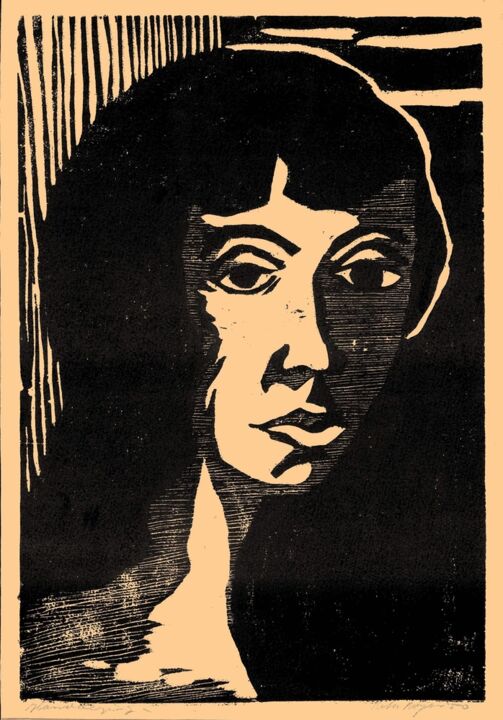 Peter Royen, Profile of a woman, 1950. Woodcut, 39 x 27 cm.
Peter Royen, Profile of a woman, 1950. Woodcut, 39 x 27 cm.
Peter Royen: Profile of a woman
Like the great masters of the past, the artists of Artmajeur have also created works through the use of the aforementioned printing techniques, such as, for example, the woodcut of Peter Royen, which reinterprets in a personal way the stylistic elements typical of the engravings made by the members of Die Brücke movement. This group, belonging to the current of expressionism, was born in Dresden (Germany) in 1905, with the aim of breaking with the arid conventions of the bourgeoisie, generating an art that, devoting itself to the study of the landscape, the human figure and social issues, immortalized reality through strong colors and little naturalistic, simplified forms, energetic and angular. In fact, it was in this context that woodcuts, particularly suited to the rendering of chromatic contrasts and deformed strokes, imposed themselves as an important means of artistic expression. Peter Royen's engraving recalls, with its strong black outlines, the most famous portraits made by Die Brücke, but, at the same time, it stands out from them, thanks to its new "realism". In fact, the hardness of the somatic features, which had brought the works of the German group closer to the faces of the masks of primitive peoples, disappears and the engraving of the artist from Artmajuer is transformed into an innovative interpretation of tradition.
 Jon Bøe Paulsen, Romeo & Juliet, 2002. Lithograph, 50 x 84.1 cm.
Jon Bøe Paulsen, Romeo & Juliet, 2002. Lithograph, 50 x 84.1 cm.
Jon Bøe Paulsen: Romeo & Juliet
Jon Bøe Paulsen's lithograph, an Artmajeur artist, investigates a "cult" subject of artistic tradition, namely the love story between Romeo and Juliet, which is innovatively immortalized in a contemporary context and from a totally original perspective. Moreover, the work, for refinement and precision of execution, is halfway between realism and hyperrealism. Precisely this last pictorial genre, which was born around the sixties in the United States, has often used photographic techniques or mechanical reproduction of reality, in order to be able to reproduce the variety of the world in a rigorous and faithful way. Therefore, lithography, which was often used by hyperrealists, transforms Jon Bøe Paulsen's work into an original and unique continuation of the artistic research of the second half of the twentieth century.
 Poptonicart, Snap, 2020. Screenprint, 40 x 40 cm.
Poptonicart, Snap, 2020. Screenprint, 40 x 40 cm.
Poptonicart: Snap
The acrylic screenprint by Artmajeur artist, Poptonicart, distinguished by the depiction of 12 cameras, immediately reminds us of the seriality with which 32 Campbell's soup cans were immortalized in 1962 by Andy Warhol. The intent of the American master was to reveal the habits and customs of American consumer society, through the transformation of images of everyday objects into icons. Probably also Poptonicart, as Andy Warhol did in his time, has wanted to show the essence of the contemporary world, however depicting cameras. In fact, the great importance that today is given to the sharing of images on the internet and social media, has led to a great change in social relations within our society, to which it is possible that the silkscreen of the artist of Artmajeur wanted, veiled, allude.

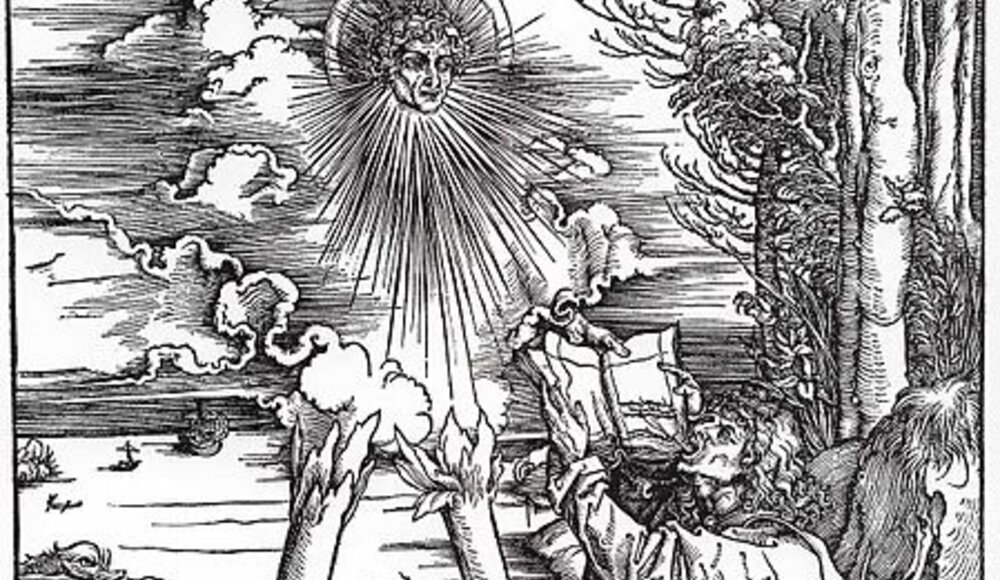
 Olimpia Gaia Martinelli
Olimpia Gaia Martinelli
